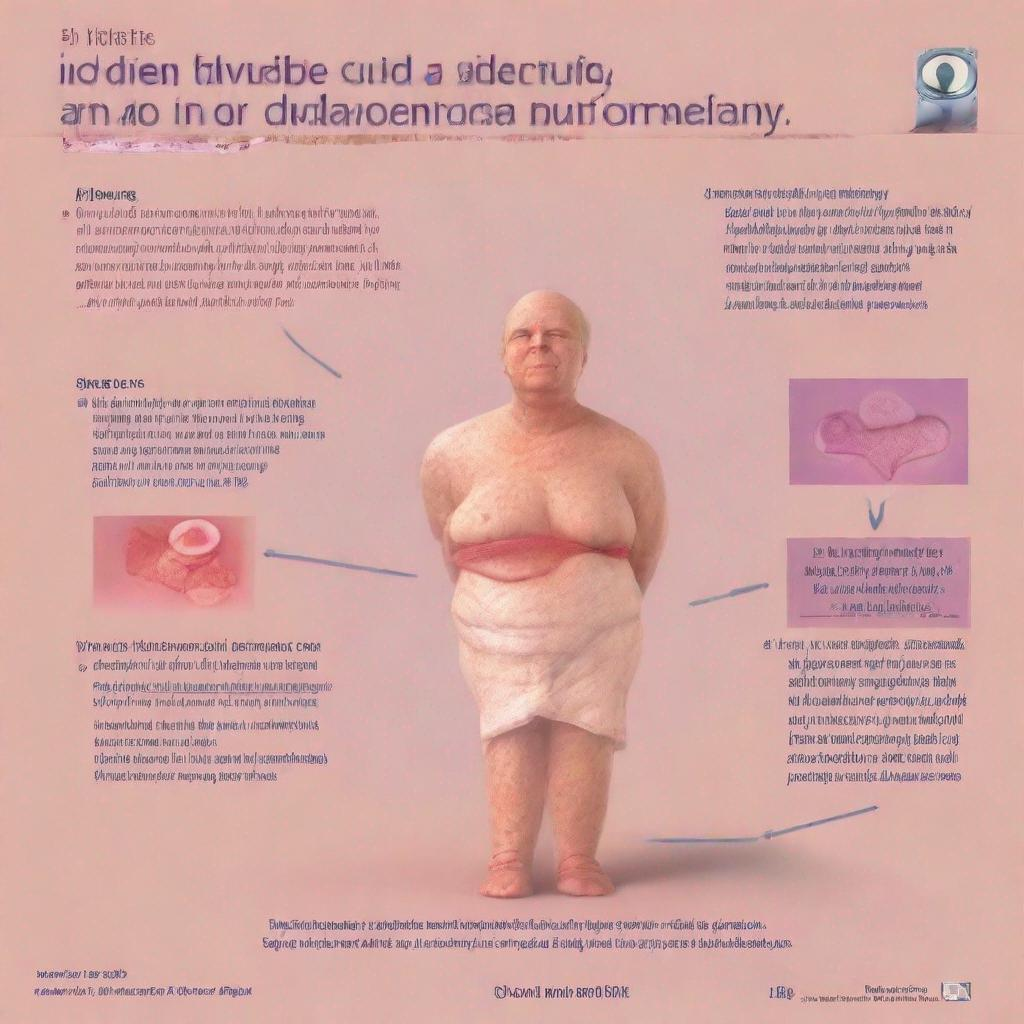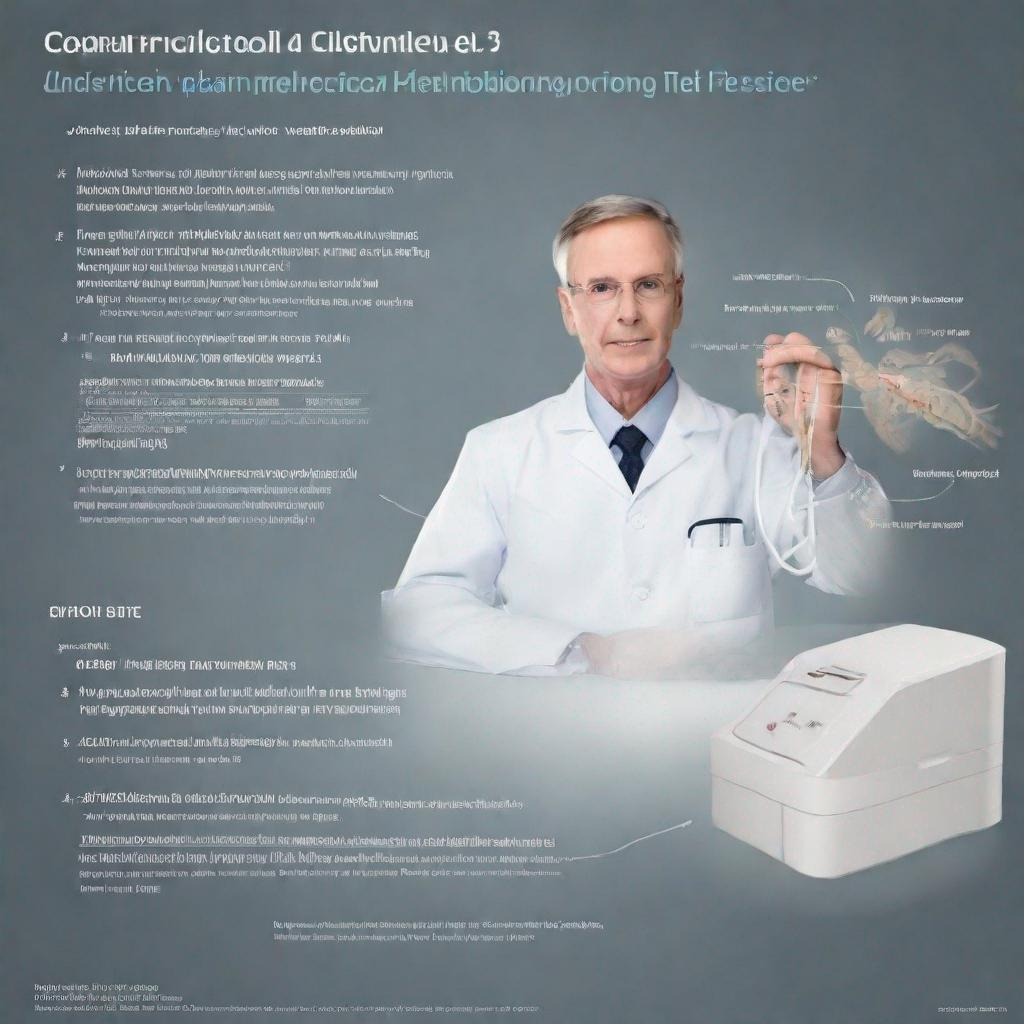## Coronary Angiography: A Comprehensive Guide
**Introduction**
Coronary angiography is a medical test used to visualize the coronary arteries, the blood vessels that supply blood to the heart. It is an invasive procedure that involves threading a thin, flexible tube (catheter) into the coronary arteries and injecting a contrast dye. X-rays are then taken to create detailed images of the arteries.
**Procedure**
Coronary angiography is typically performed in a cardiac catheterization laboratory by a cardiologist, an expert in heart conditions. The procedure involves the following steps:
1. A small incision is made in the groin or arm, and a catheter is inserted into an artery.
2. The catheter is navigated through the arteries into the heart.
3. Contrast dye is injected into the coronary arteries.
4. X-rays are taken to capture images of the arteries, showing any blockages or narrowing.
**Diagnosis**
Coronary angiography is primarily used to diagnose and evaluate the severity of conditions affecting the coronary arteries, including:
– Coronary artery disease (CAD)
– Ischemic heart disease (IHD)
– Angina pectoris
– Myocardial infarction (heart attack)
– Coronary atherosclerosis
– Stable angina
– Unstable angina
– Variant angina
**Importance**
Coronary angiography plays a crucial role in medical diagnosis by:
– Confirming or ruling out the presence of coronary artery disease
– Determining the extent and location of blockages or narrowing
– Assessing the need for further treatment, such as angioplasty or stenting
– Evaluating the effectiveness of previous treatments
**Alternatives**
In some cases, alternative tests may be used to assess the heart instead of coronary angiography. These include:
– Electrocardiogram (ECG)
– Stress test
– Echocardiogram
– Computed tomography angiography (CTA)
– Magnetic resonance angiography (MRA)
**Preparation**
Before a coronary angiography, you may be asked to:
– Fast for several hours
– Avoid certain medications, such as blood thinners
– Sign a consent form
**Duration**
The procedure typically takes 1-2 hours, and you may stay in the hospital overnight for recovery.
**Recommendations**
Following coronary angiography, your doctor may recommend additional tests or treatments, depending on the results of the test. These may include:
– Percutaneous coronary intervention (PCI): A procedure to open blocked or narrowed arteries using a small balloon or stent.
– Coronary artery bypass surgery: A surgical procedure to create new pathways for blood to flow to the heart.
– Medications to prevent blood clots or manage cholesterol levels.
– Lifestyle changes, such as a healthy diet and regular exercise.



